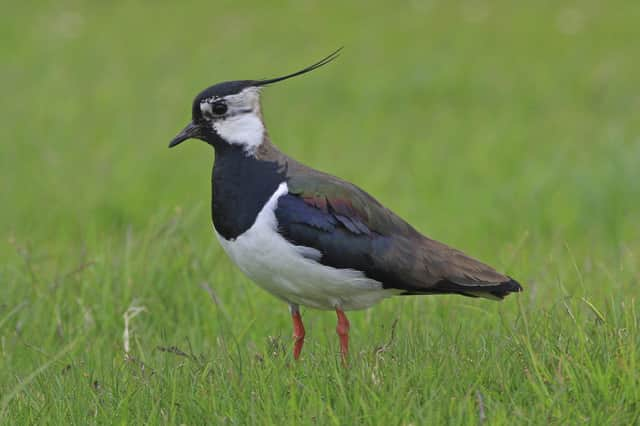Discover a RSPB NI nature reserve near you


On those first bright sunny days at the end of winter (in between the storms), even those who love being indoors can be tempted out from hibernation.
Now is the time to explore outdoors, to see, hear and even smell the signs of renewal after the winter season.
Advertisement
Hide AdAdvertisement
Hide AdListen out for the sound of birdsong and sights of early flowers such as snowdrops peeping through the soil. On sunny days, as the weather heats up, listen for the gentle humming of bumblebees.
You might spot dazed looking queen bees, as they emerge from hibernation and start investigating spots to start a new hive.
It’s also the perfect opportunity to introduce children to mindfulness and nature-science and let them discover the natural world.
RSPB nature reserves are stunning places enjoy the first signs of spring together. Lying to the south-east of Lough Neagh, RSPB Portmore Lough is a great place for wildlife spotting. Along the tree lined path, you might spot birds such as blue tits searching out safe, warm sites to start building a nest. Keep an eye out for lapwings (pictured) as you look out over the meadows.
Advertisement
Hide AdAdvertisement
Hide AdLapwings are a beautiful bird, with a distinctive black head crest and iridescent dark green feathers on their backs. They will soon begin their acrobatic breeding displays. Watch for the males as they zigzag, tumble, and dive while calling to advertise their presence to rivals and potential mates.
Whilst at Belfast’s Window on Wildlife, just 10 minutes from the city centre, you’ll find a hidden oasis teeming with wildlife. The hides and observation room provide great opportunities for wildlife watching in all weather.
Along the trail you might spot one of our first spring flowers - hazel catkins hanging from the trees, they are also known as lamb’s tails due to their long almost fluffy appearance. Out on the lagoon, duck numbers are at their peak, with shelducks, wigeon and shovelers among the colourful flocks which spend winter here.
Black-headed gulls have started some early prospecting for the best nesting spots, and some keen individuals have already been spotted gathering nesting materials.
Advertisement
Hide AdAdvertisement
Hide AdTo find an RSPB nature reserve near you and start uncovering the early signs of spring visit rspb.org.uk/ni. RSPB members get free entry to RSPB nature reserves across the UK to experience the wonders of nature all year round.
A message from the Editor:
Thank you for reading this story on our website. While I have your attention, I also have an important request to make of you.
With the coronavirus lockdown having a major impact on many of our advertisers - and consequently the revenue we receive - we are more reliant than ever on you taking out a digital subscription.
Subscribe to newsletter.co.uk and enjoy unlimited access to the best Northern Ireland and UK news and information online and on our app. With a digital subscription, you can read more than 5 articles, see fewer ads, enjoy faster load times, and get access to exclusive newsletters and content. Visit https://www.newsletter.co.uk/subscriptions now to sign up.
Advertisement
Hide AdAdvertisement
Hide AdOur journalism costs money and we rely on advertising, print and digital revenues to help to support them. By supporting us, we are able to support you in providing trusted, fact-checked content for this website.
Ben Lowry
Editor
Comment Guidelines
National World encourages reader discussion on our stories. User feedback, insights and back-and-forth exchanges add a rich layer of context to reporting. Please review our Community Guidelines before commenting.